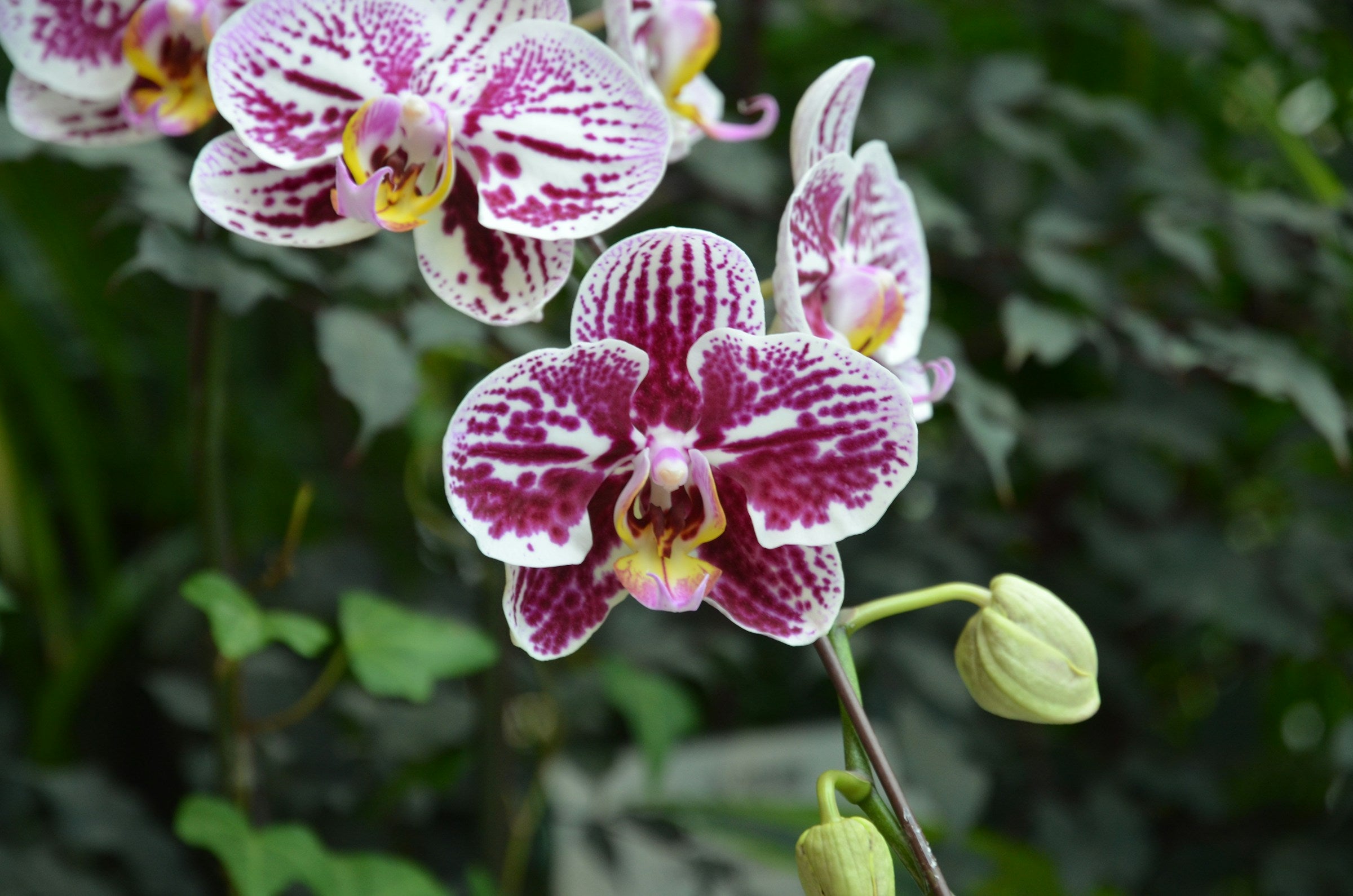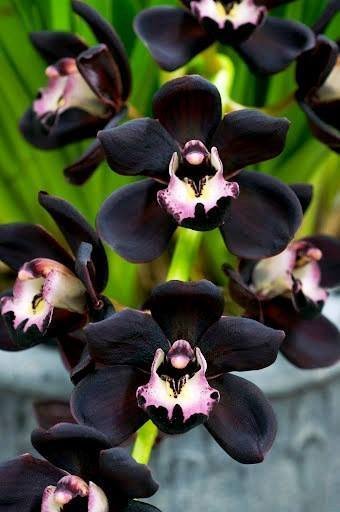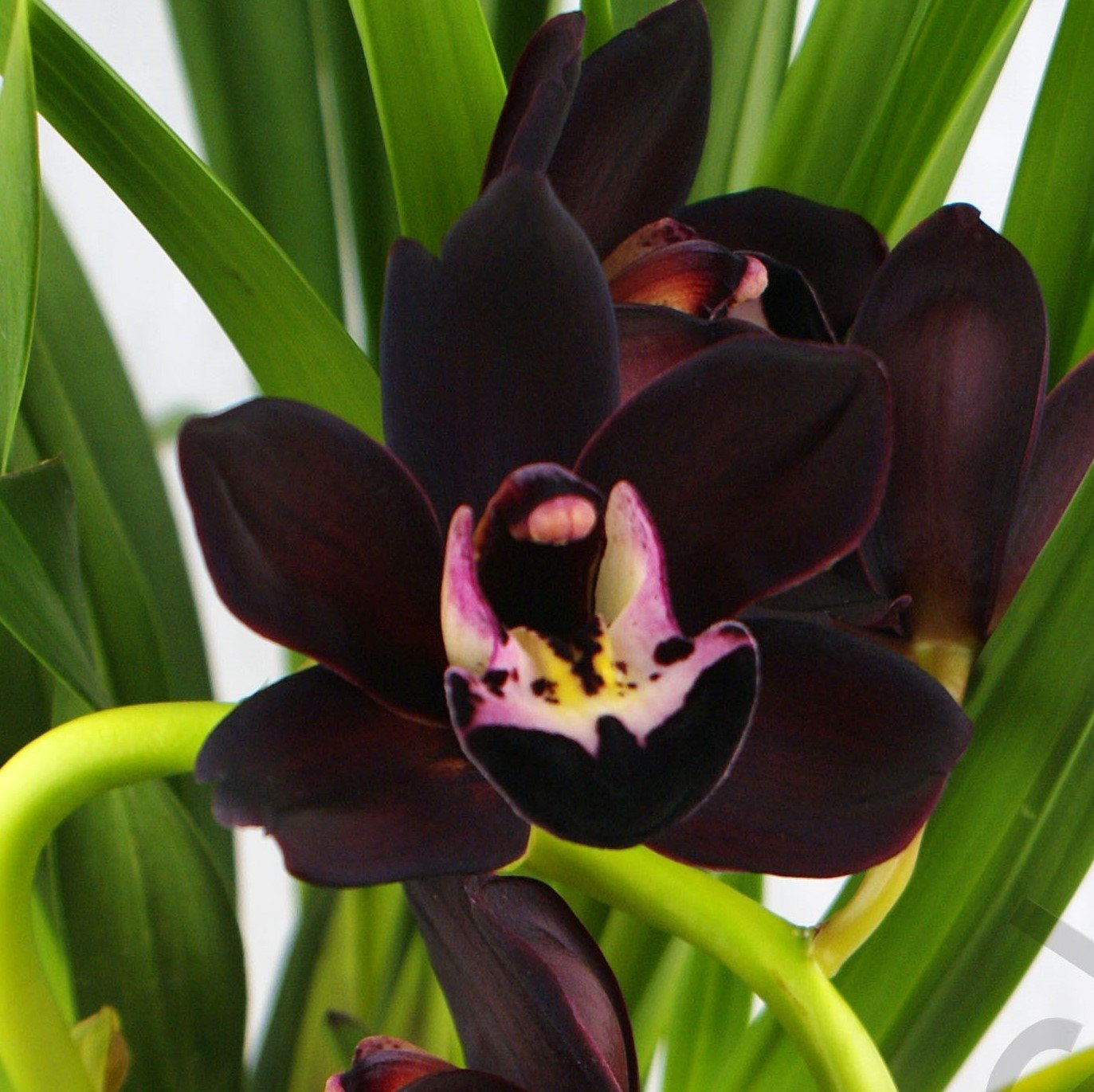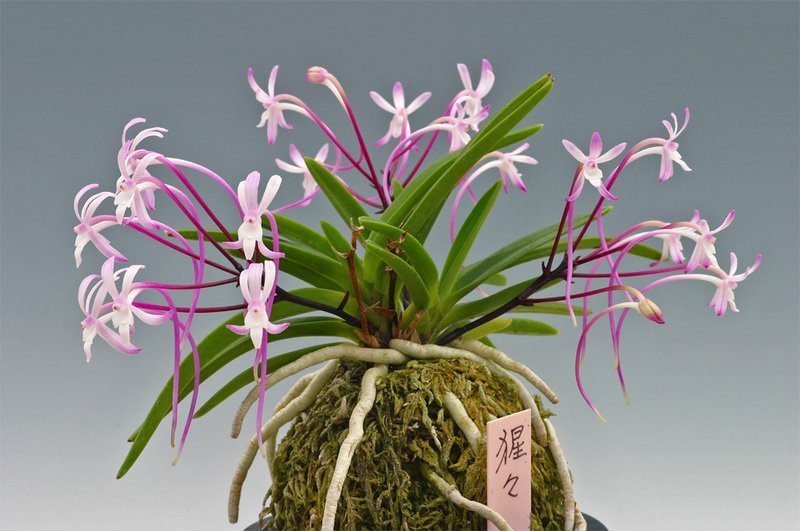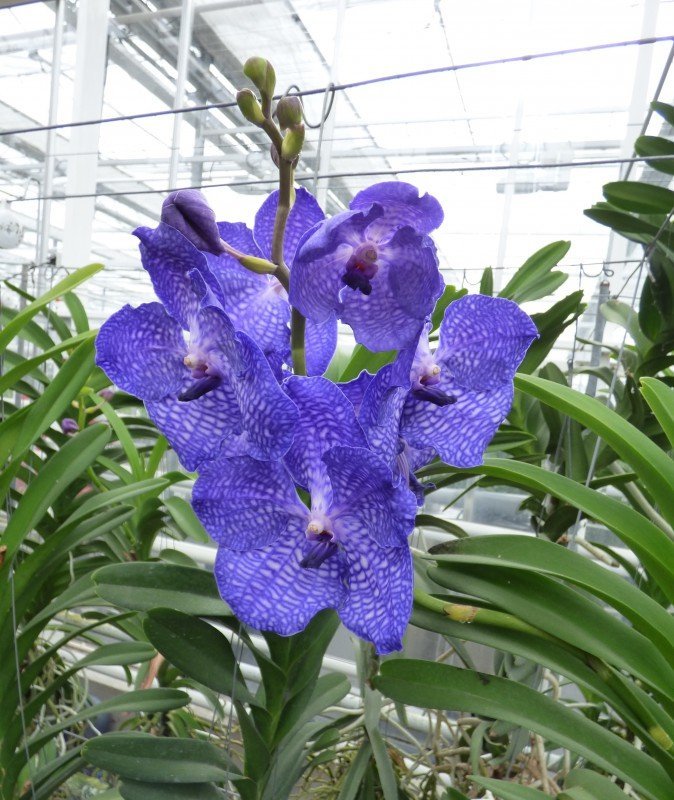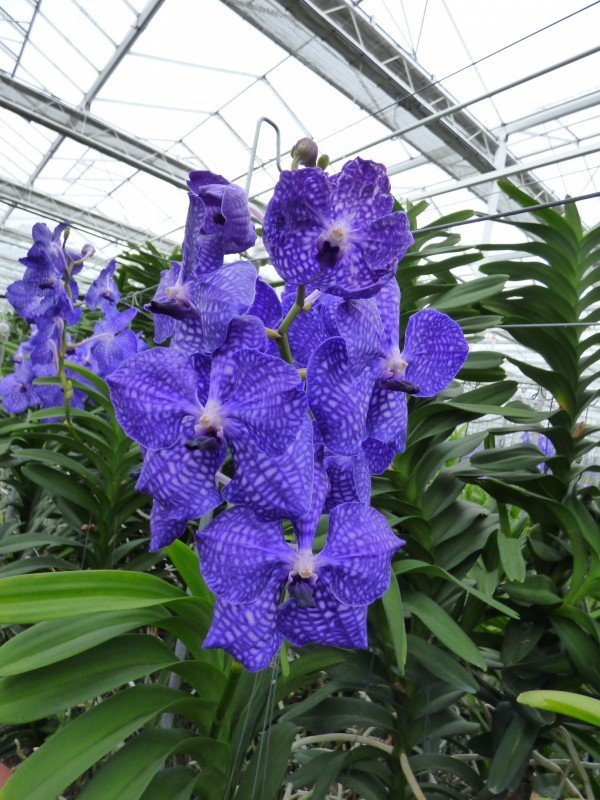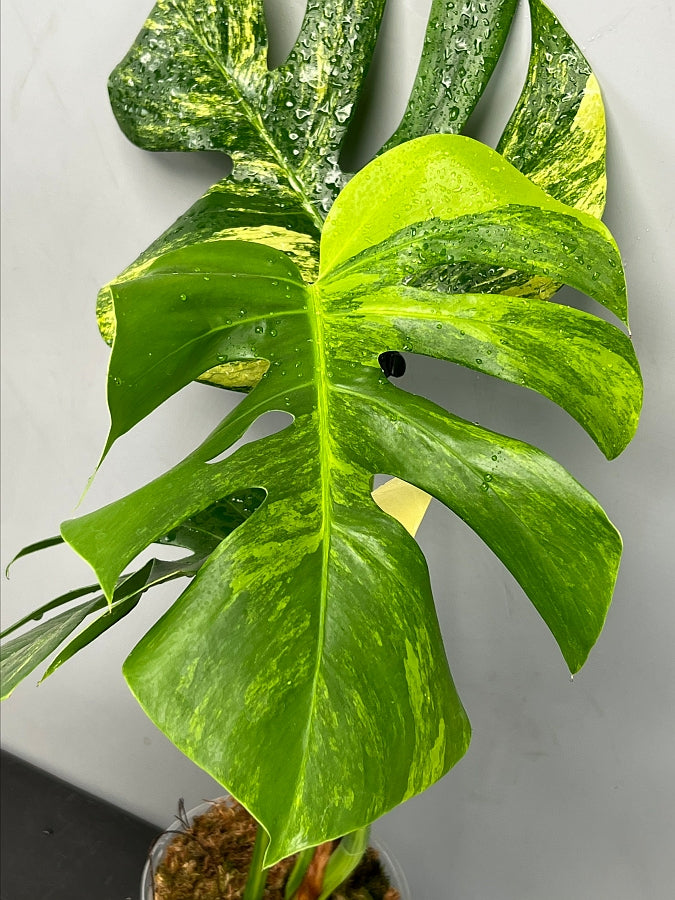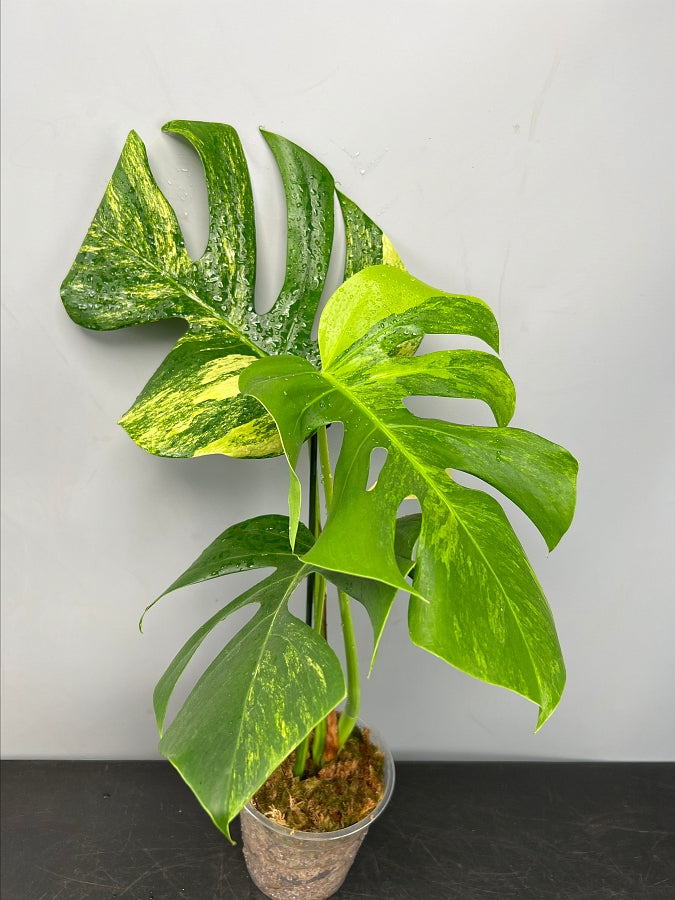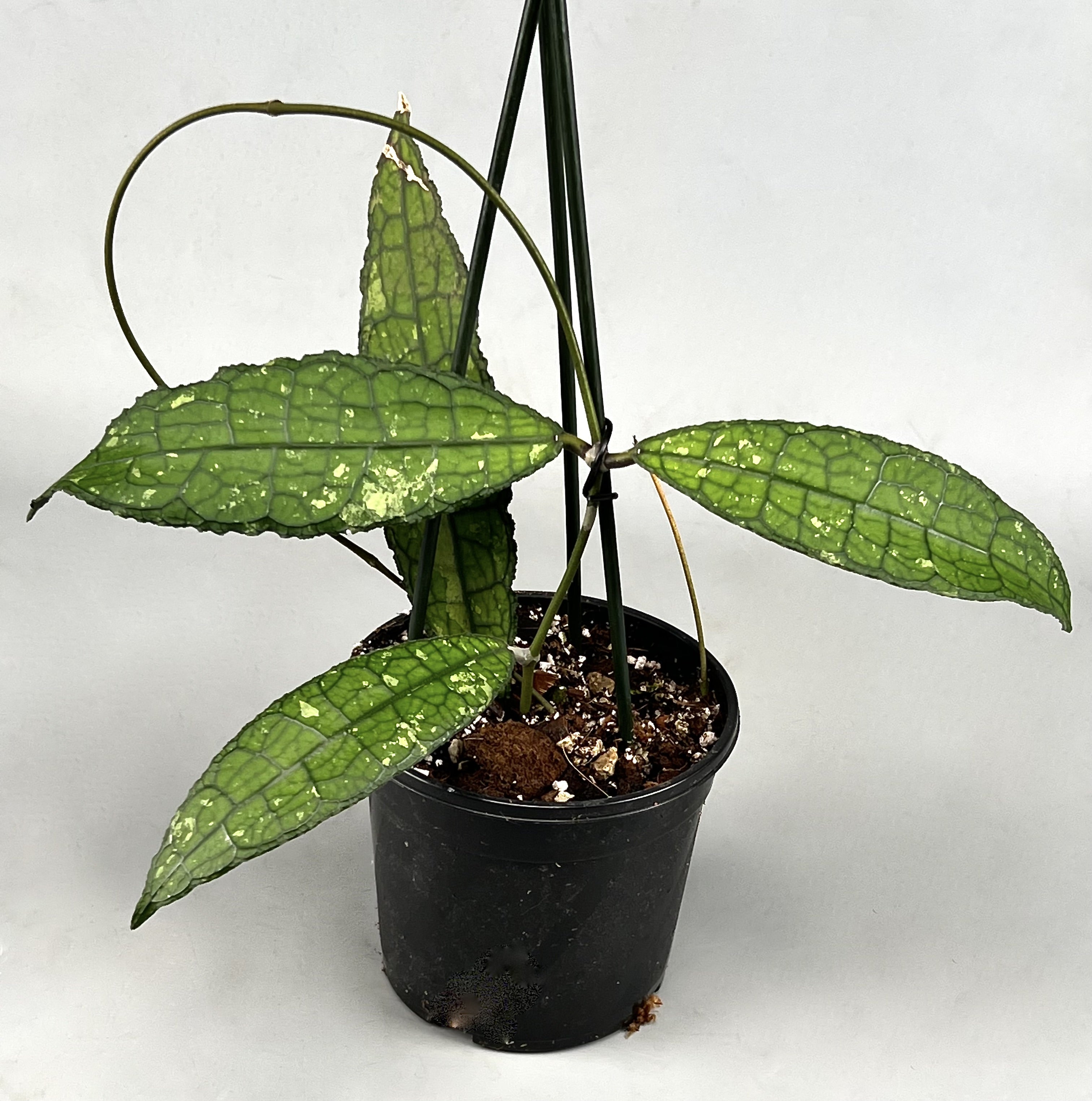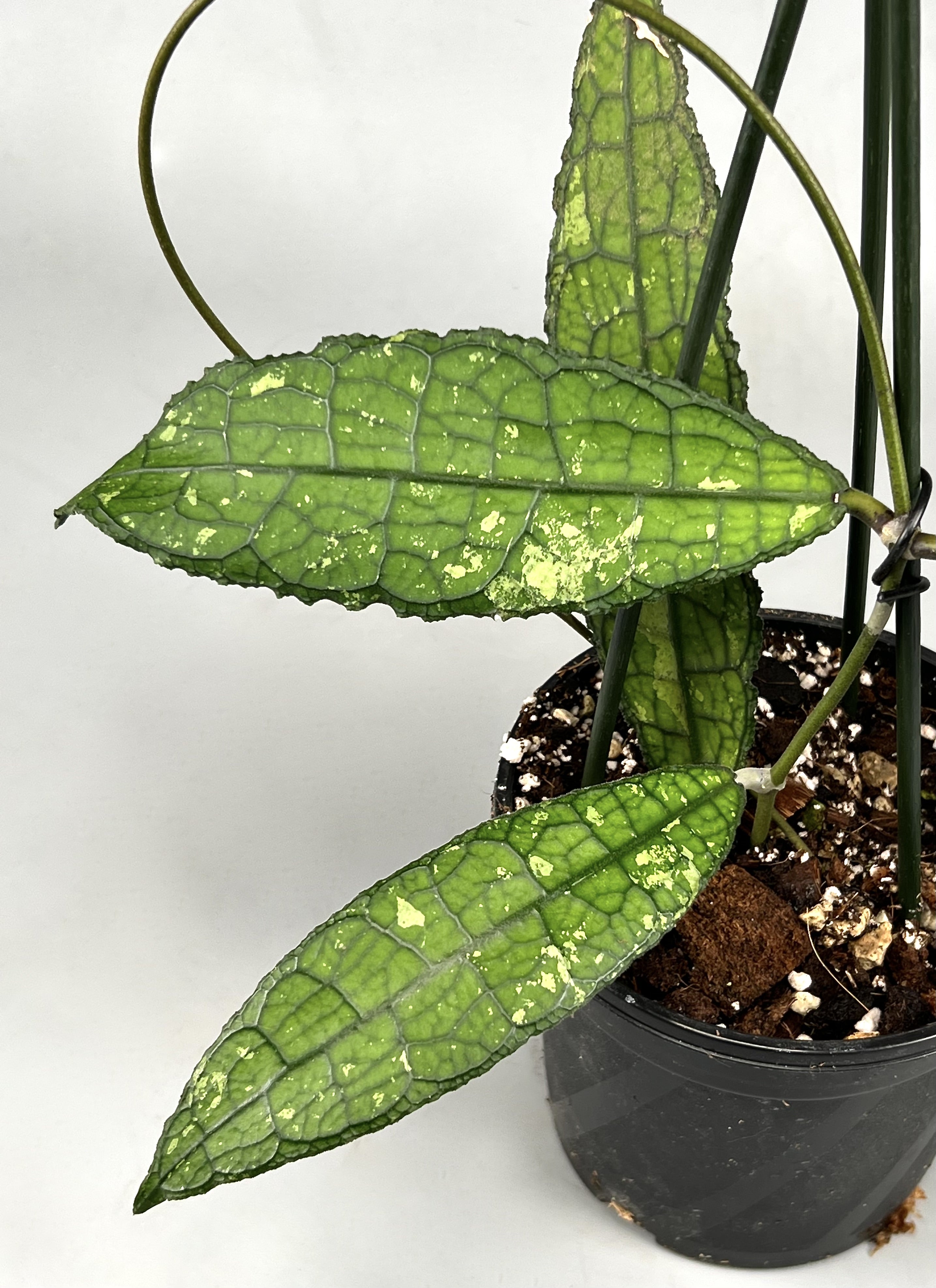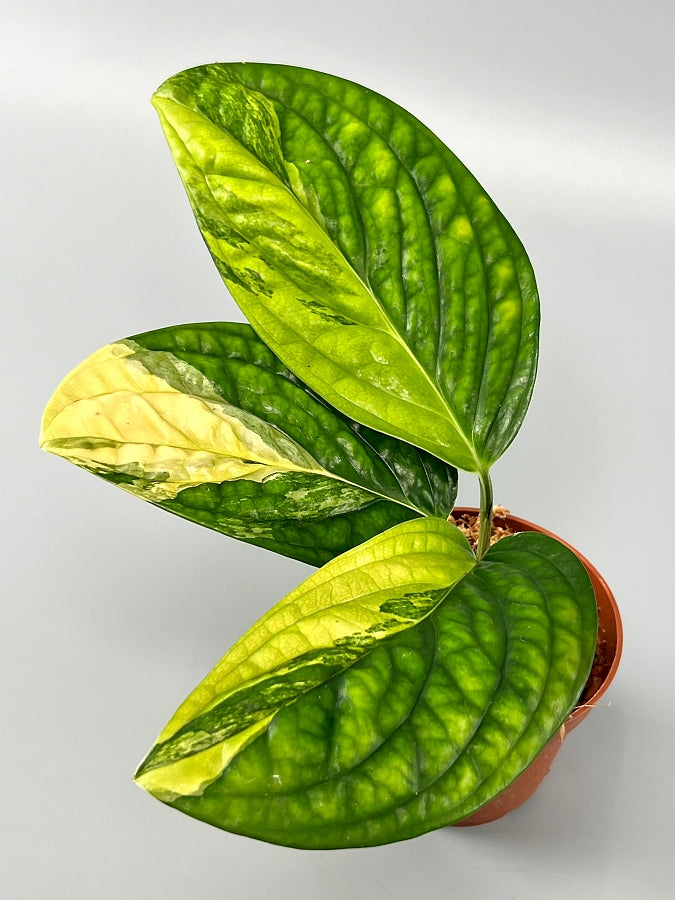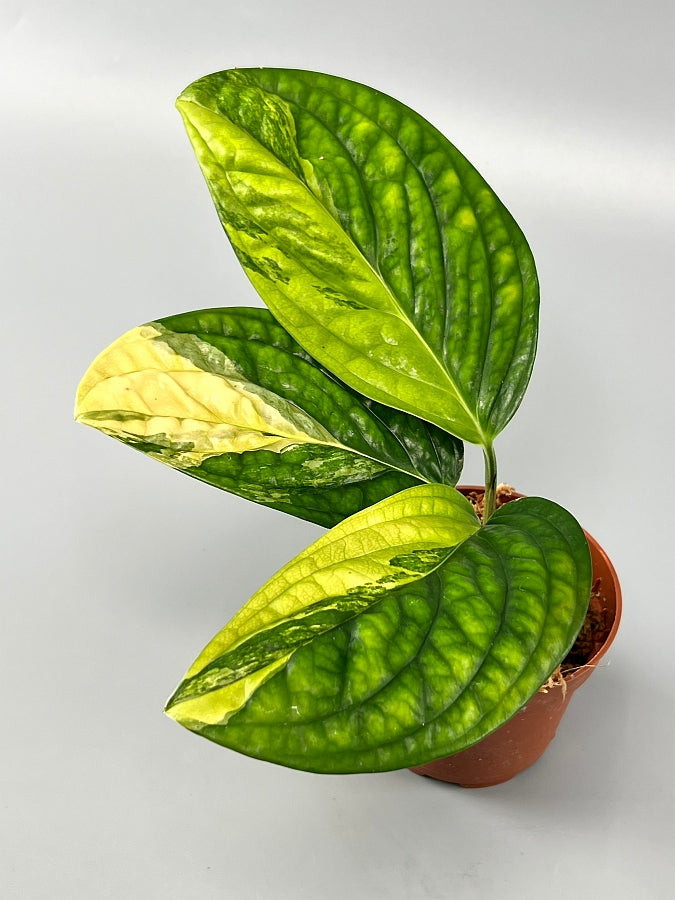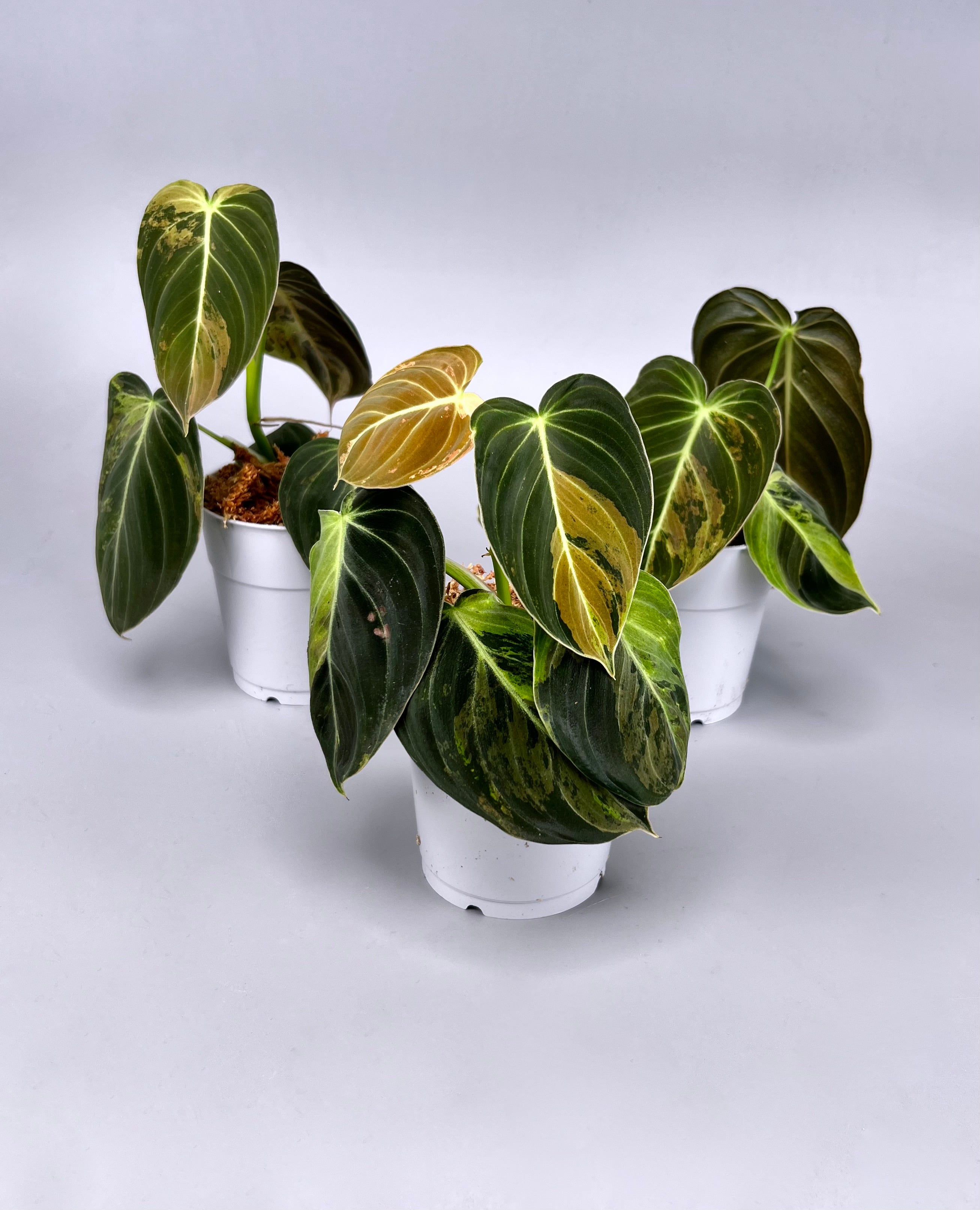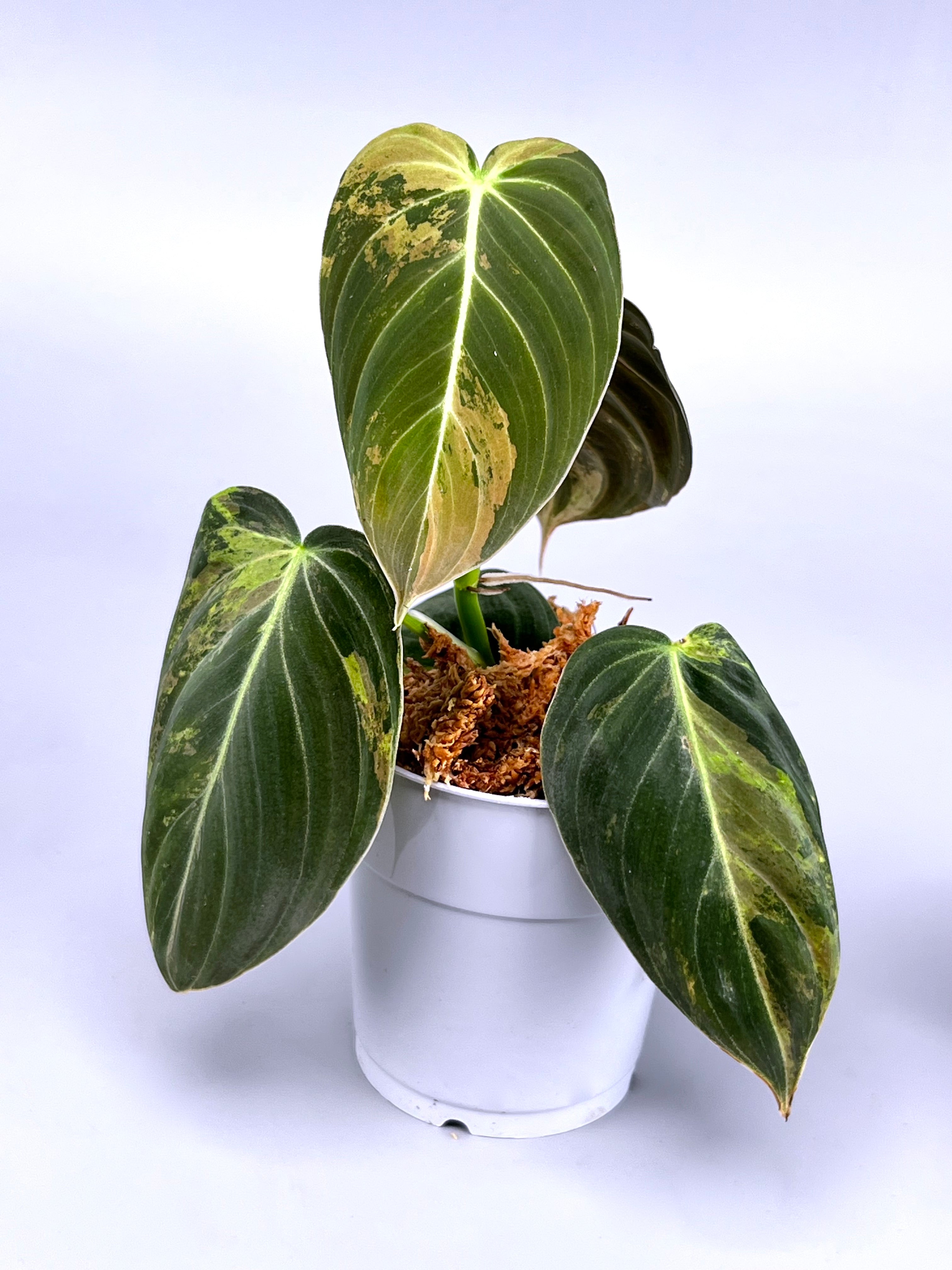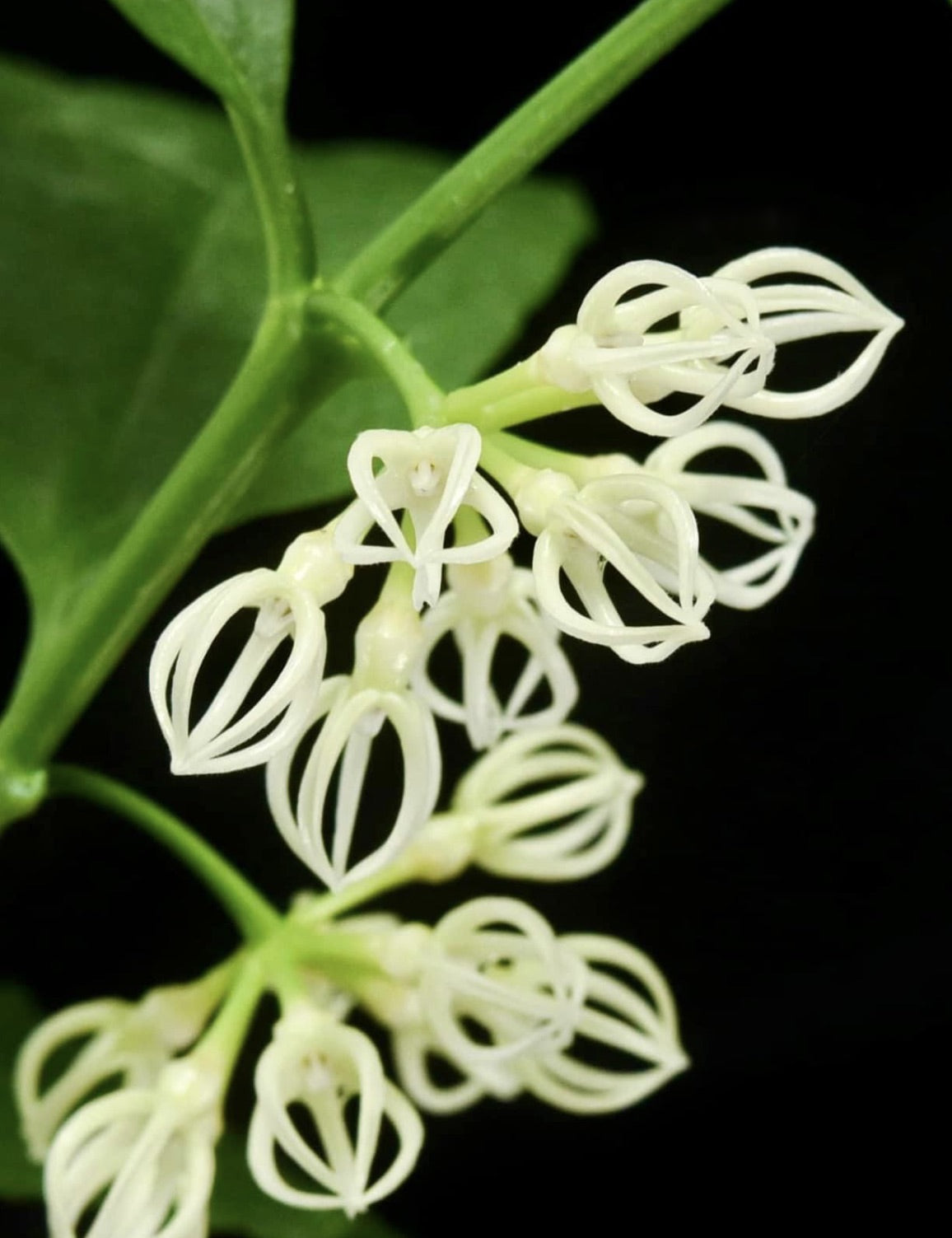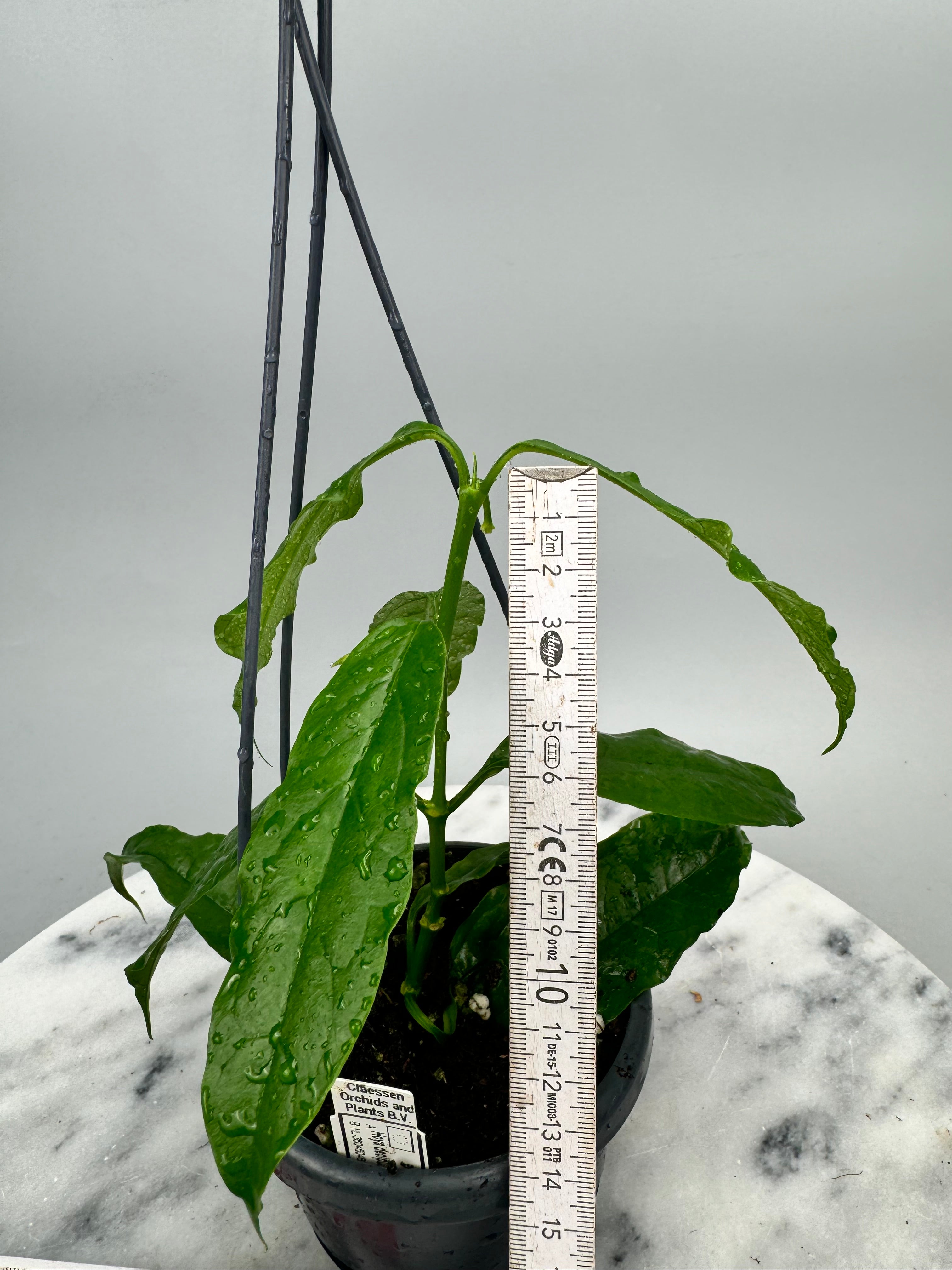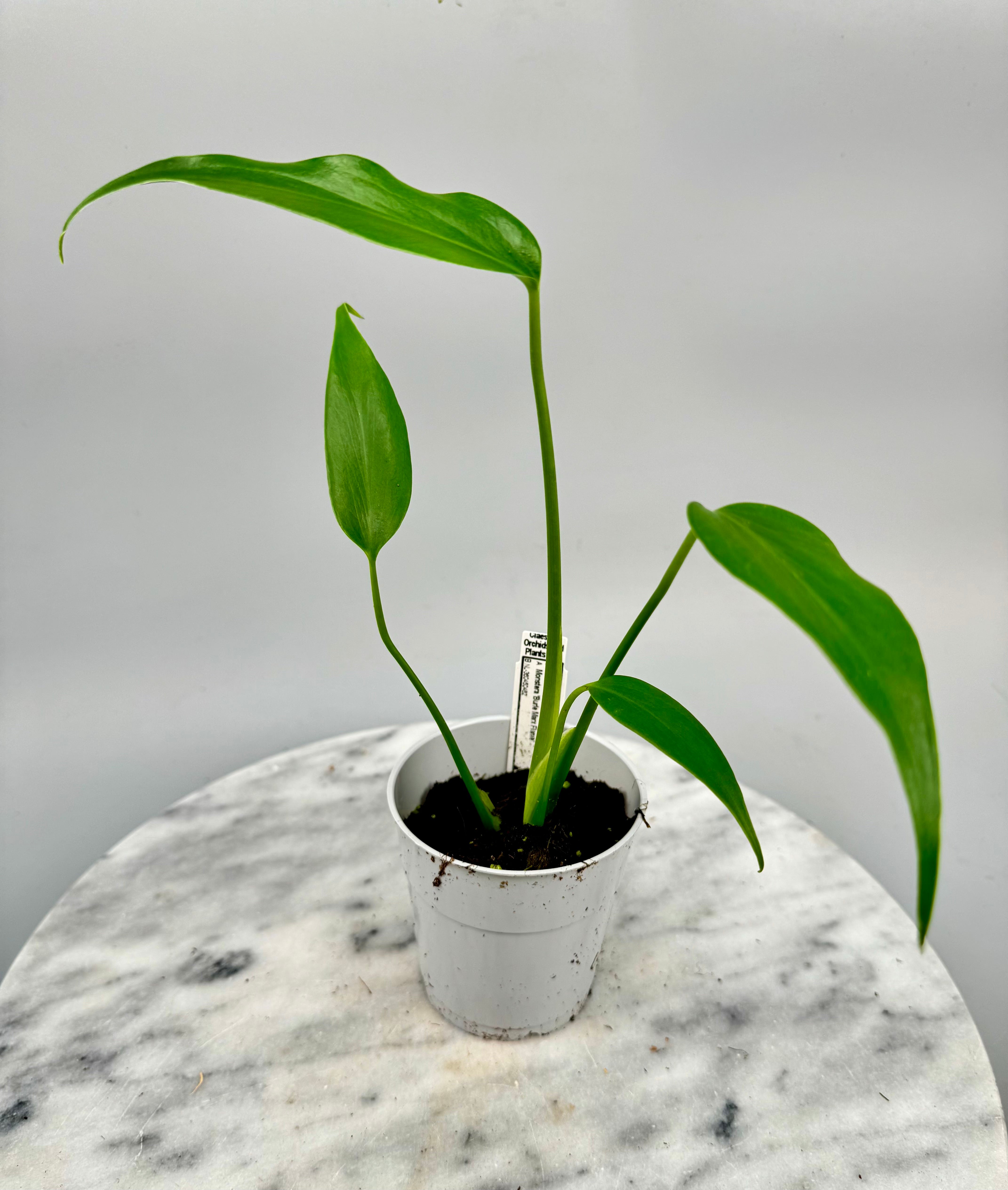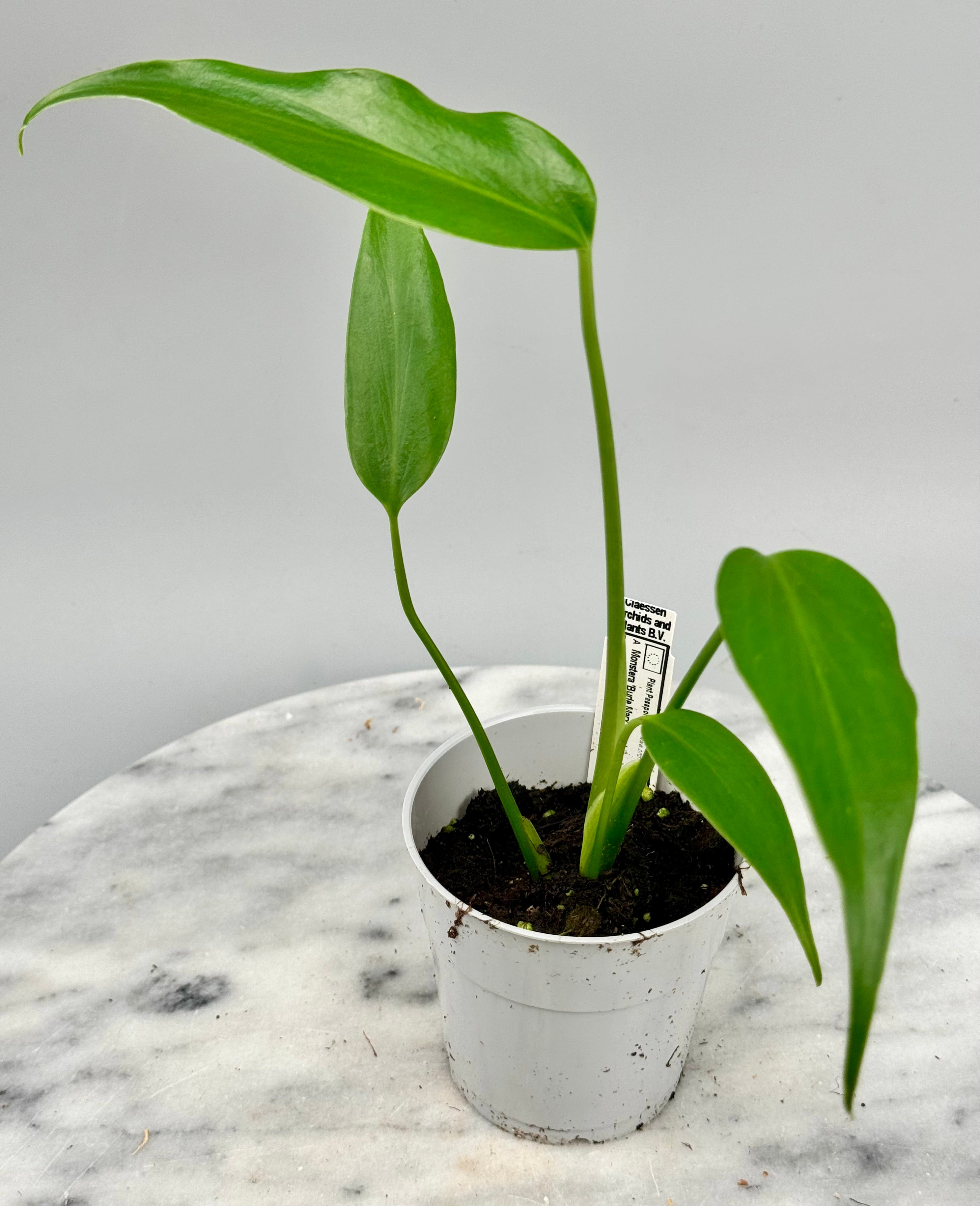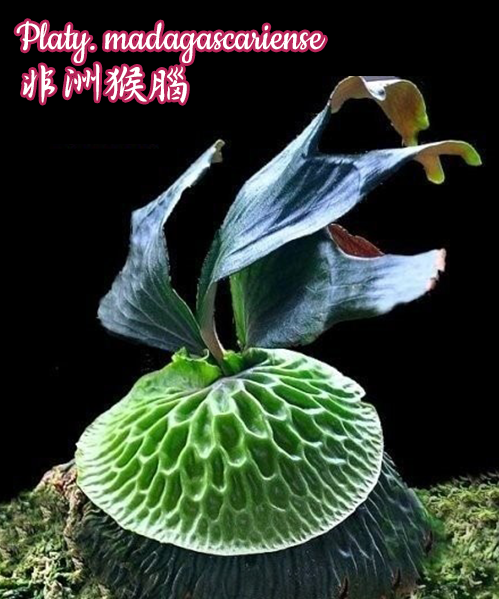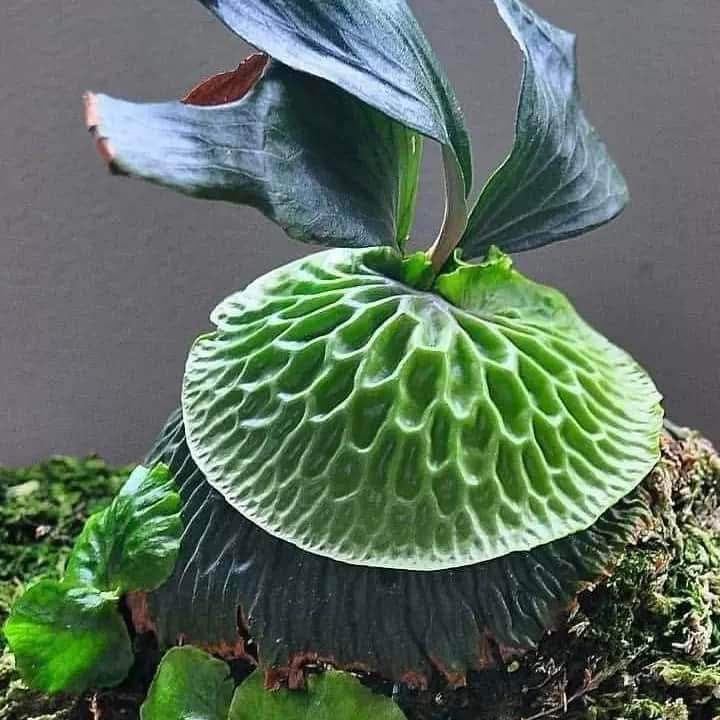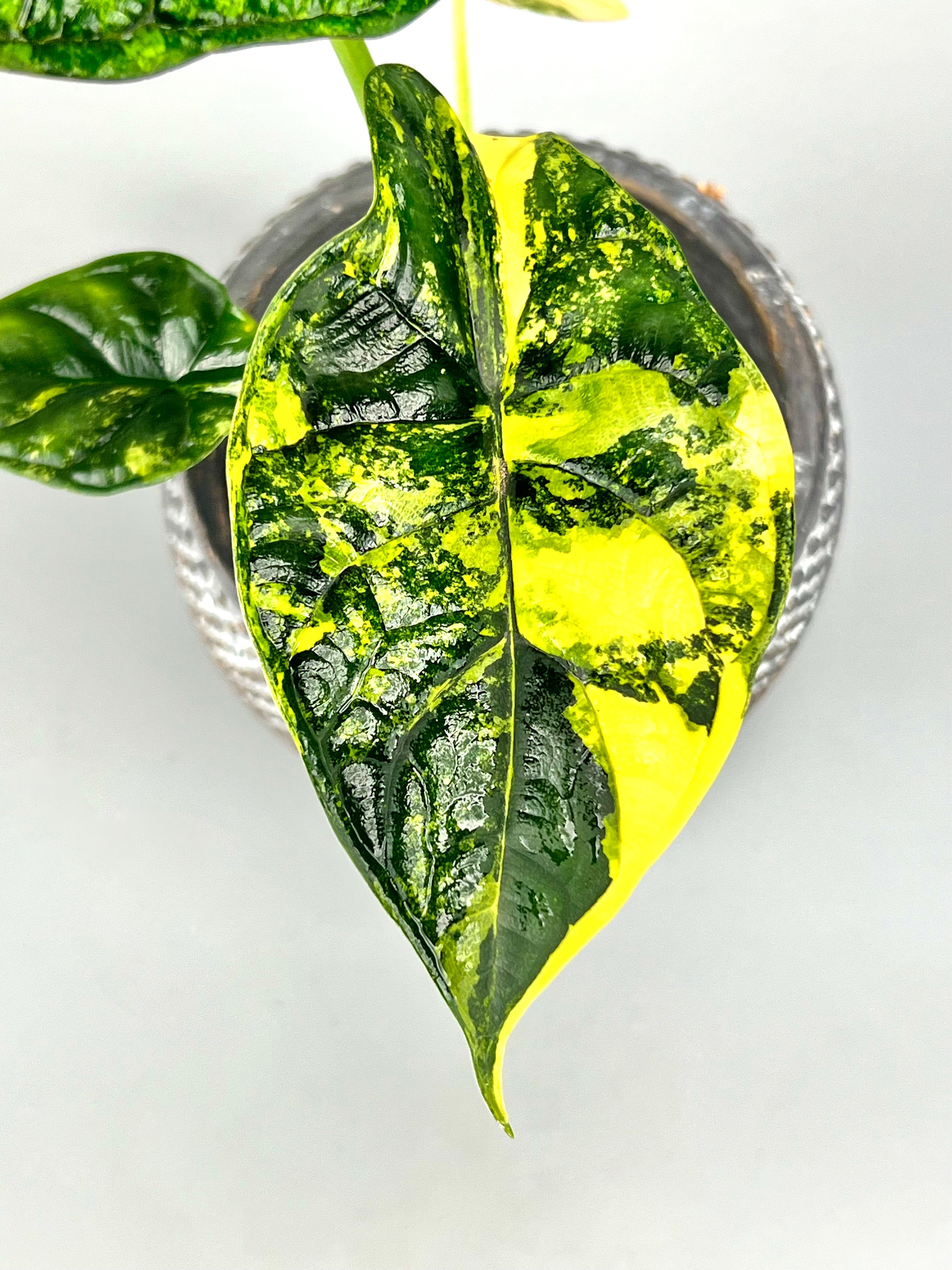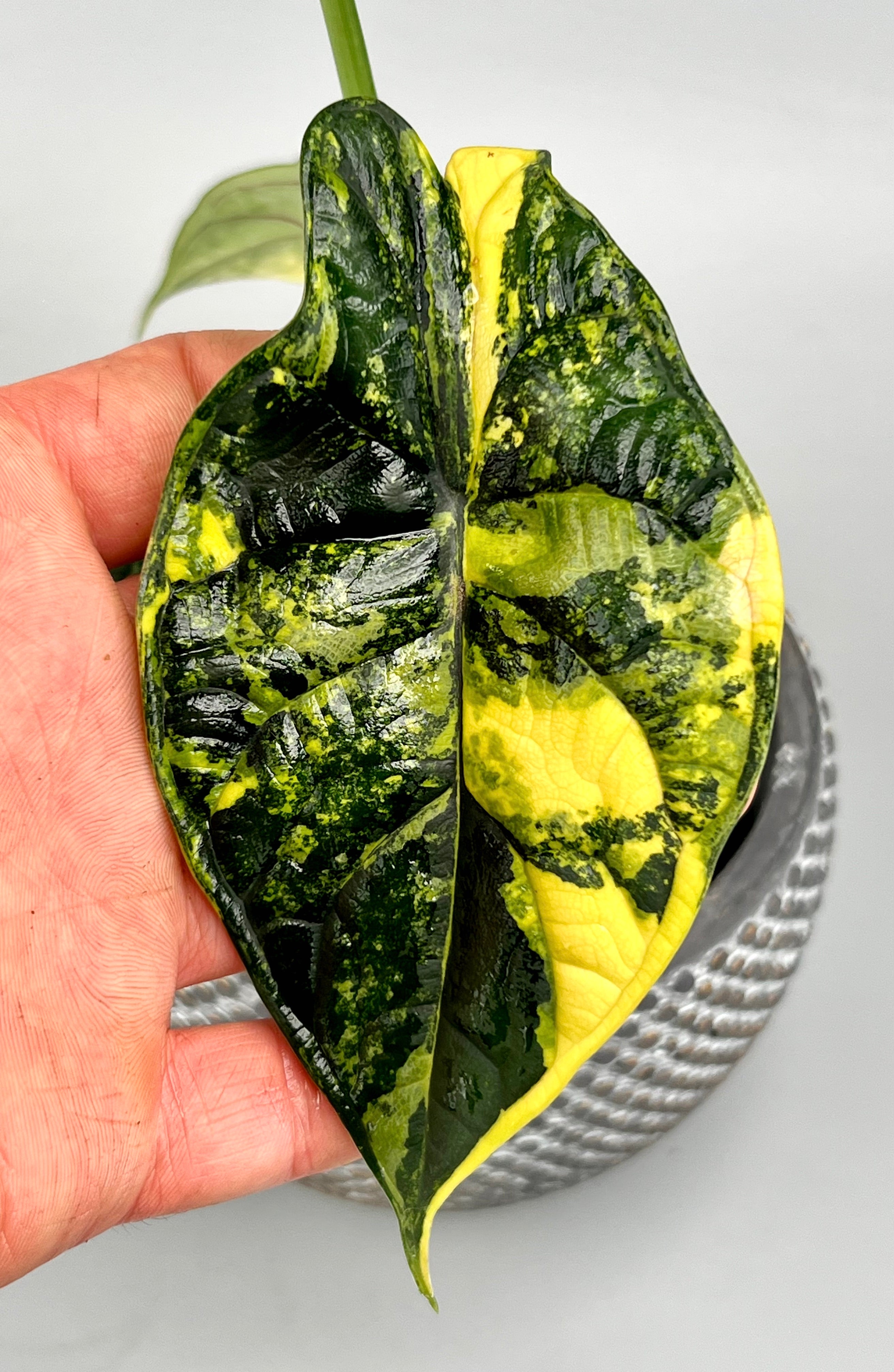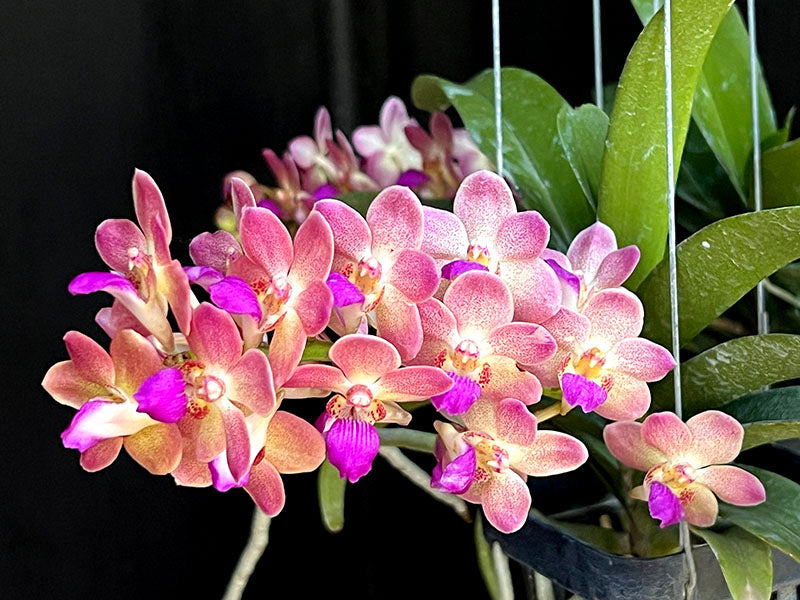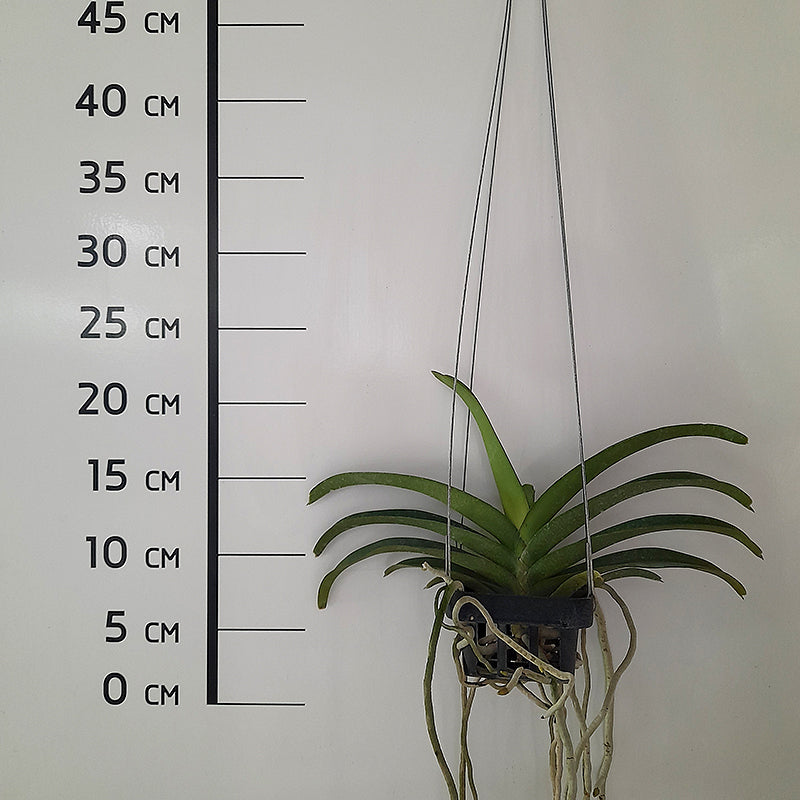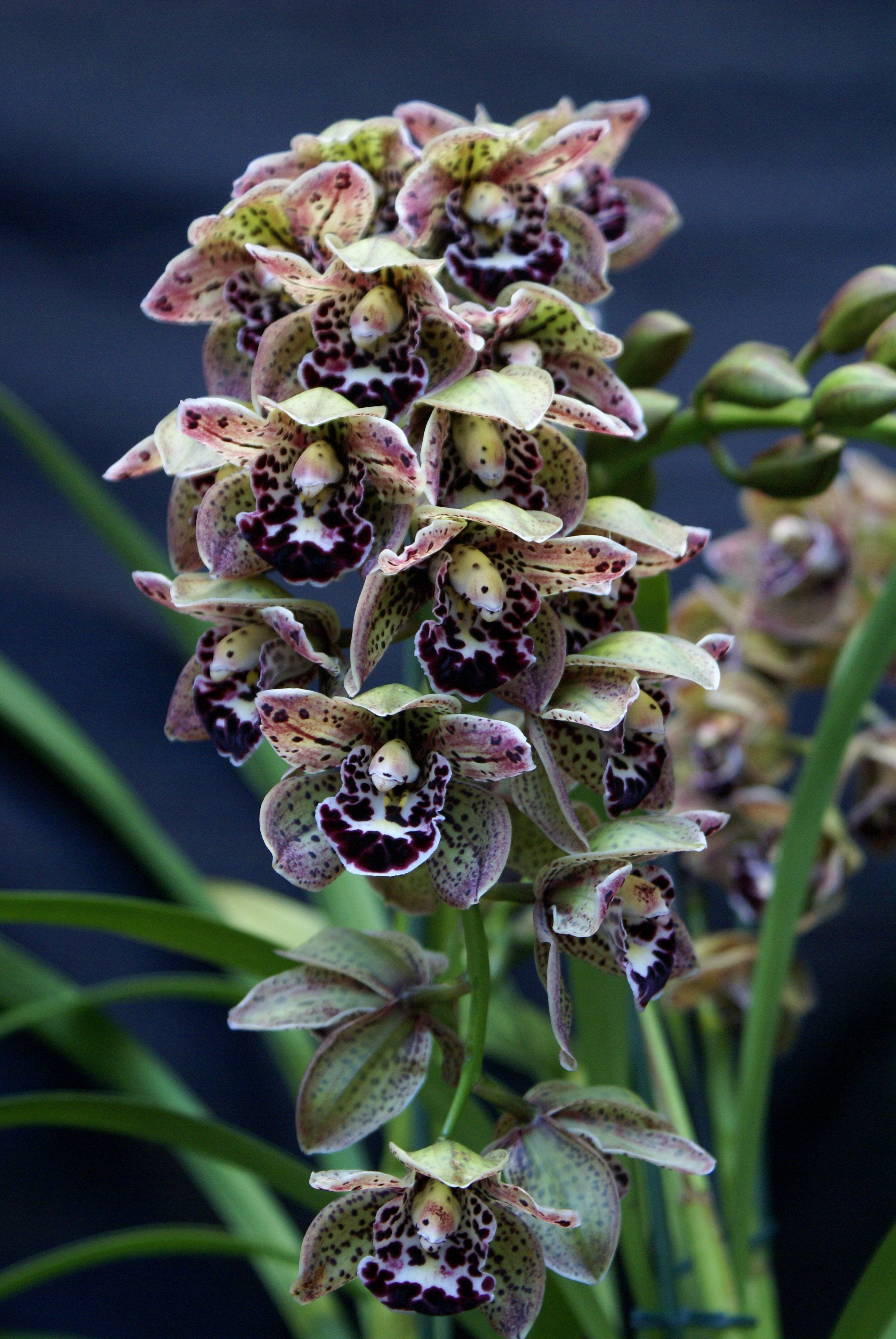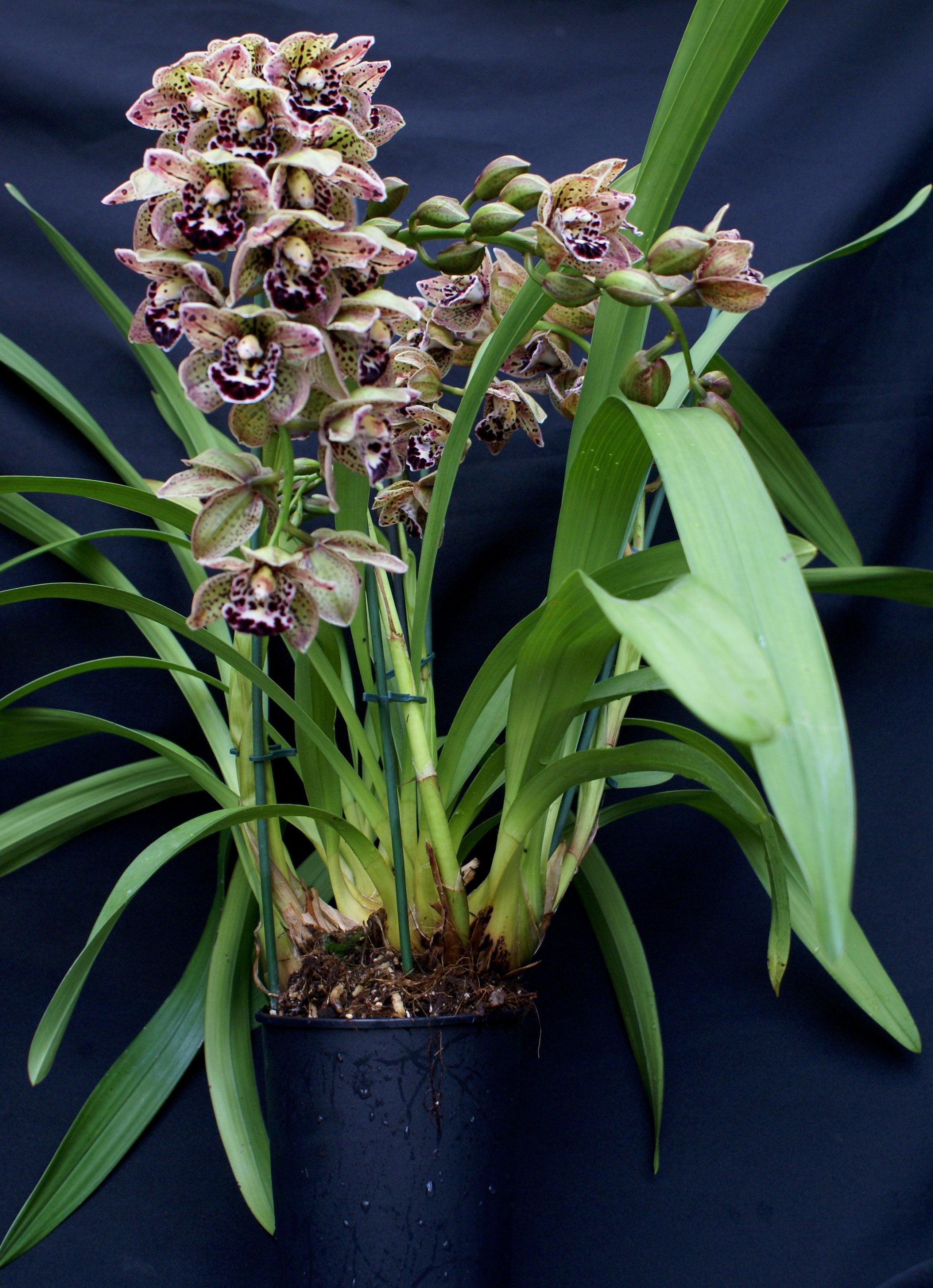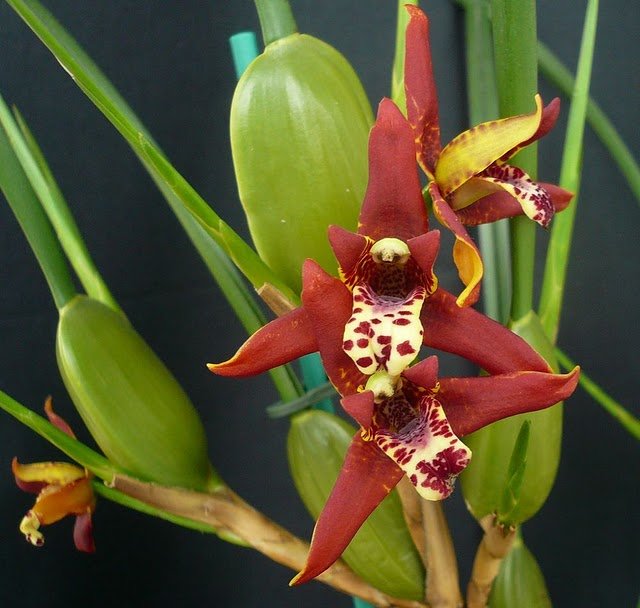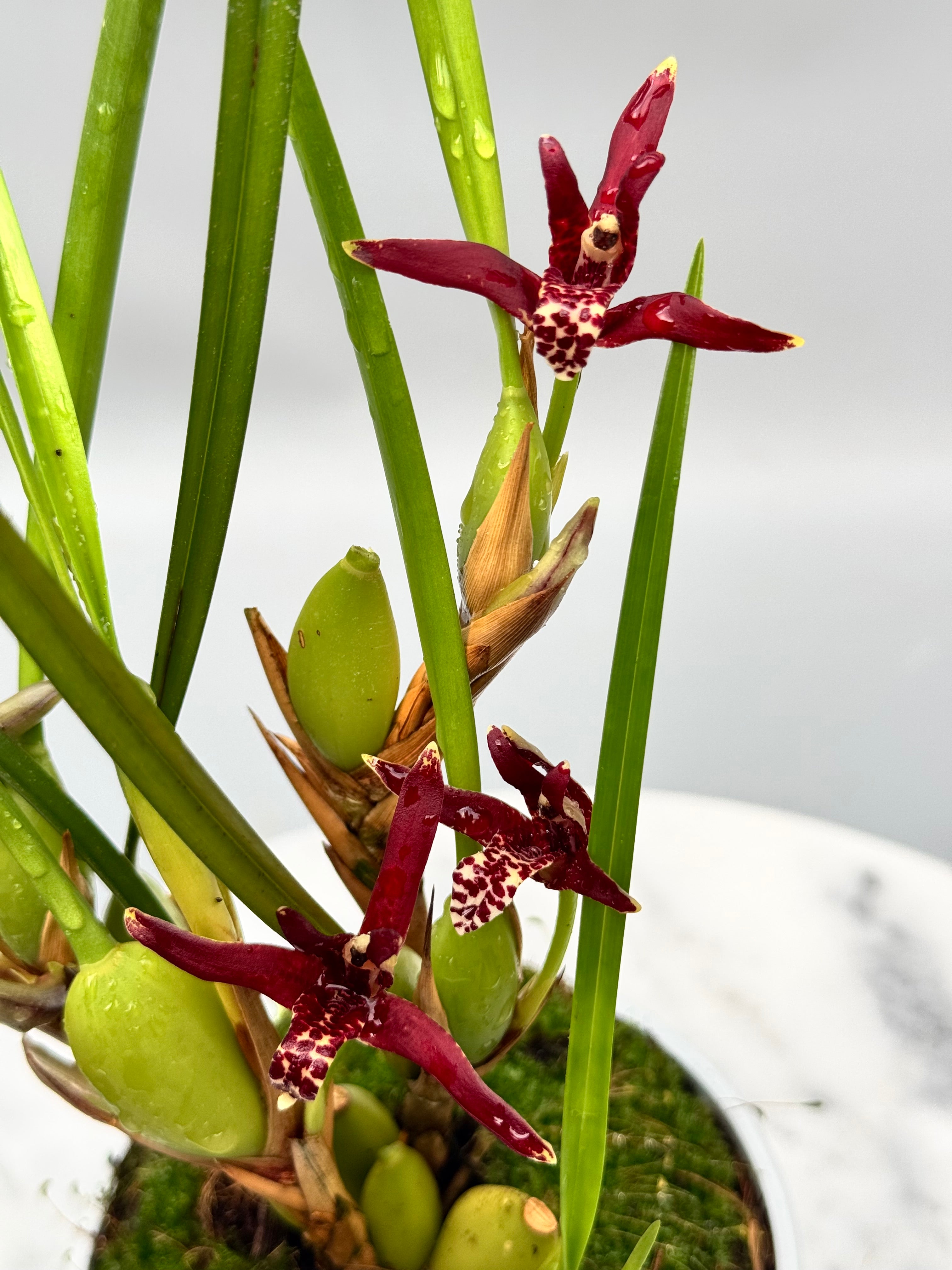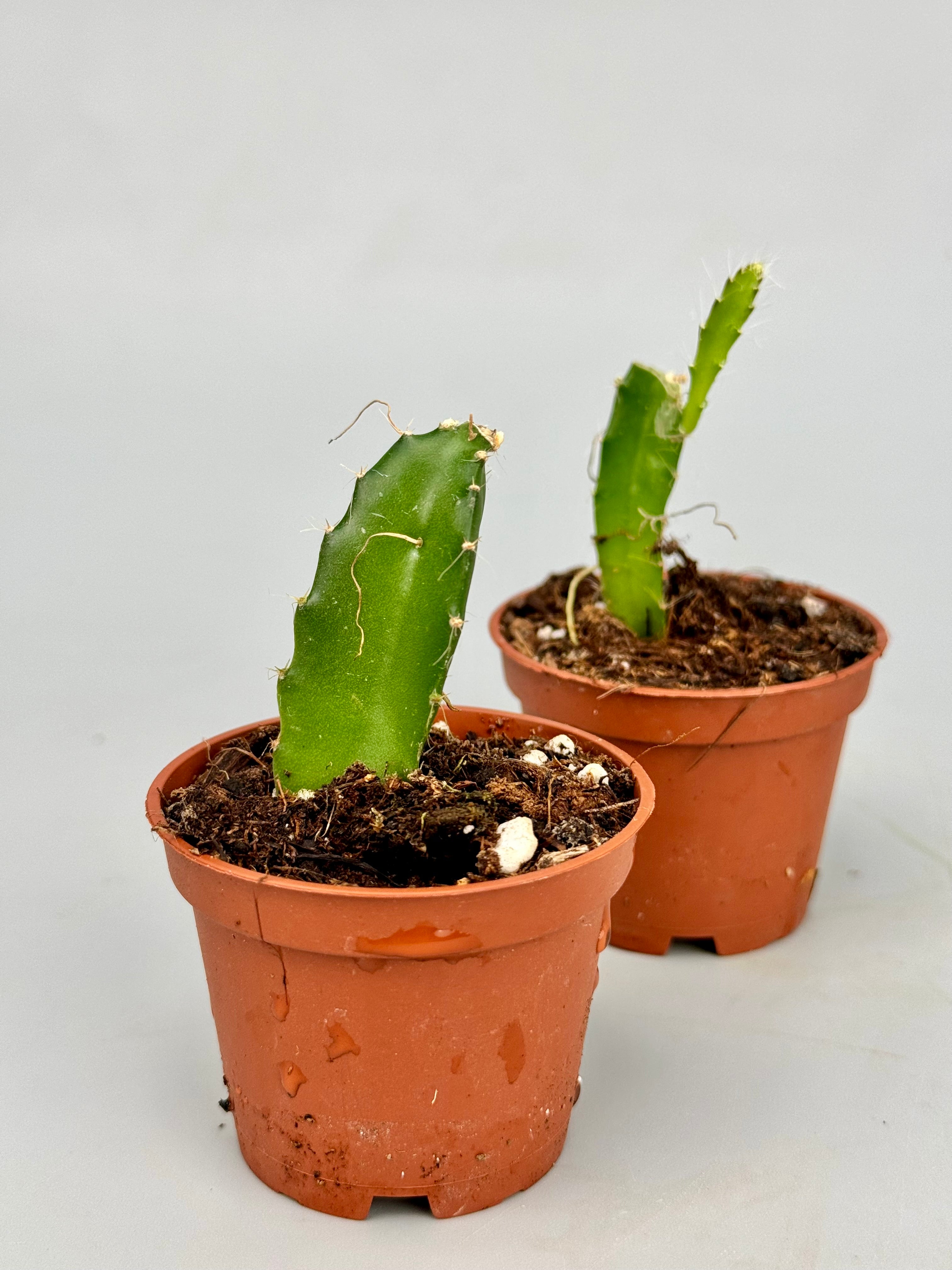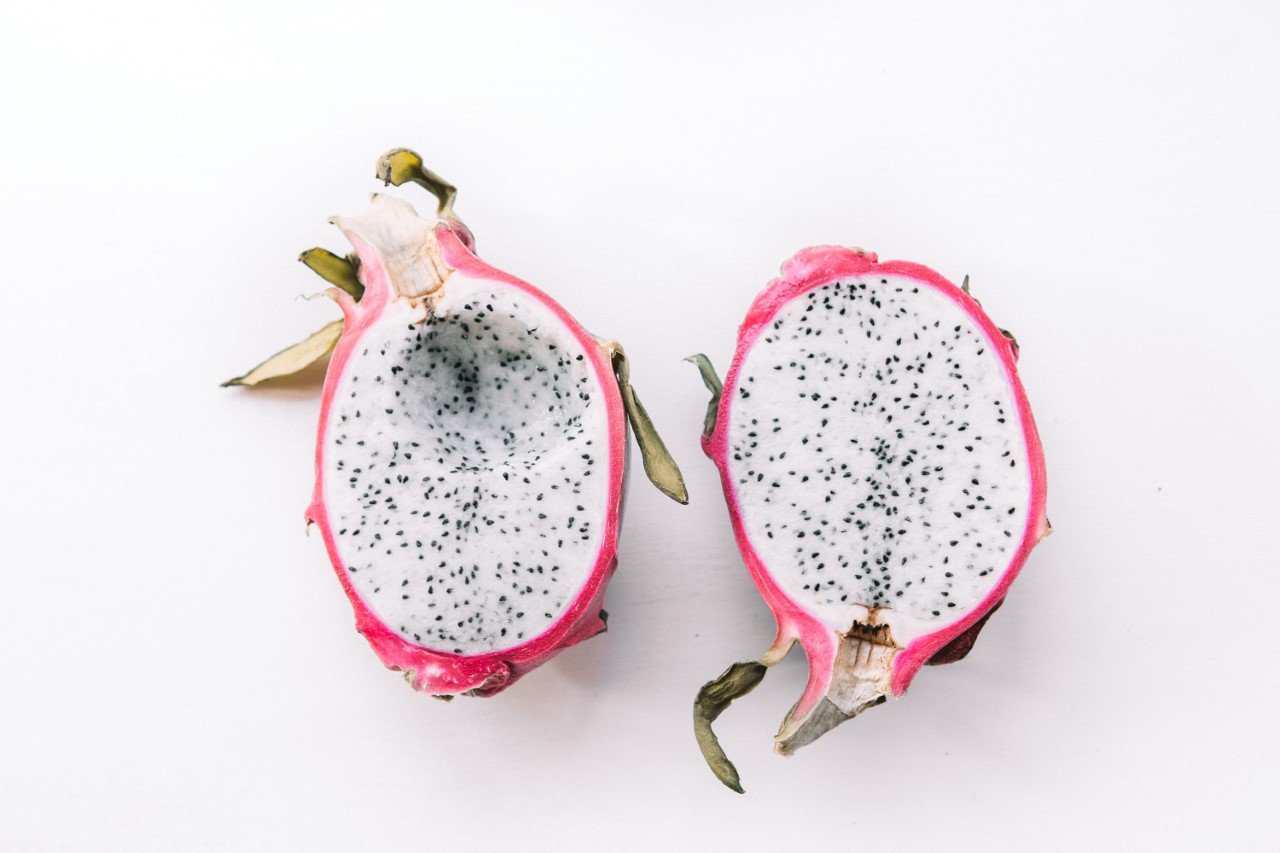Nutrient ratio
Houseplant nutrition is usually perfectly proportioned for many plants. It is suitable for a wide range of tropical plant species. The NPK (nitrogen, phosphorus and potassium) ratio is often balanced to promote the overall growth and resistance of various plants.
In orchid nutrition, providing specific ratios of NPK is important to promote not only plant growth, but also flowering. The ratio of phosphorus can stimulate flowering and nitrogen to boost leaf health.
Micronutrients
Rather than being specialized, the nutrients in houseplant food are sufficient for as many plants as possible. They often contain a wide variety of nutrients useful for the average green houseplant.
The nutrients in orchid food, on the other hand, tend to be formulated a bit more specifically with a focus more on micronutrients such as calcium and magnesium. These two substances are important for maintaining the health of the orchid.
Concentration and frequency
Houseplant nutrients can often be given at a slightly higher dosage because they are usually in potting soil and are somewhat more tolerant (depending, of course, on the species, growing conditions and type of plant). There may usually be some time between feedings.
Orchid nutrition should almost always be given heavily diluted. It should not only be built up slowly during the growing season, but also administered more frequently. That way the roots do not get a shock from the change in water composition. Guarding against over-fertilization is very important with orchids. So take a cautious approach. It's better to give too little than too much.
Specific additives
Houseplant food can sometimes contain growth hormones or other additives that can stimulate growth. This is harmless to most houseplants as long as it is used at the correct dosage.
Orchid nutrition, on the other hand, has ingredients specifically designed to stimulate aerial root growth and flower development. This is essential for the specific growth habit of orchids.
In short
Because of the differences, both types of nutrition are better suited to the type of plant and growth habit. Their use is different in practice and in both cases, when used properly, leads to healthier plants and better growth results.

